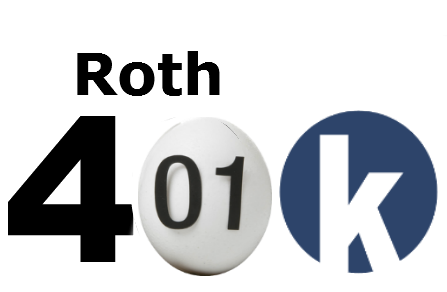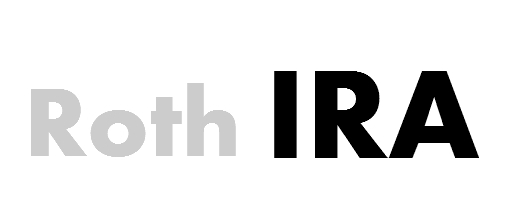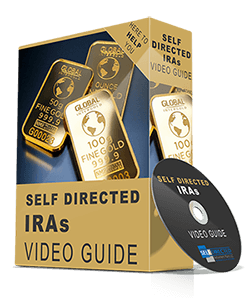If you want to save money for retirement and enjoy the benefits of your hard work, then putting your money into a retirement plan is the best bet. Before you start planning your nest egg, however, it’s best to understand where to park your funds and how you wish to spend them when the time comes.
Also, depending on your current earnings and kind of work you do, you may want to figure out how to save on tax. With both the Roth 401K and Roth IRA plans, your capital gains, dividends and interest within the account will not be taxable, and contributions are made after taxes.
2024: Roth IRAs vs. Roth 401(k)s
Roth IRA:
- Income limit: $161,000 ($240,000 for couples)
- Max contribution: $7,000 ($8,000 if 50+)
- Versatile investment options
- Penalty-free withdrawals on contributions; 10% tax on early earnings withdrawals
- No borrowing, except through rollover
Roth 401(k):
- No income limits
- Max contribution: $23,000 ($30,500 if 50+)
- Limited investment choices
- 10% penalty on withdrawals before 59½
- Borrowing up to 50% or $50,000 from account balance
What is Roth 401K?

With a traditional 401K plan your employer would take a sum out of your earnings before taxes and match that, which lowers your taxes, but withdrawals may be taxed. With a Roth 401(k), you pay taxes on contributions, and the money in the account keeps growing tax-free. This account can also be rolled over into a Roth IRA later in life and when you roll the Roth 401 k, you avoid RMD’s (required minimum distributions).
Benefits of a Roth 401(k)
The major benefits of of a Roth 401(k) include:
- Tax Free: Money withdrawn from a Roth 401(k) plan is completely tax-free, not just tax-deferred
- Loans: You may be eligible to apply for a loan against the account, which can be very handy when you’re starting a family or facing other life changes
- Diversification from Income Tax: Although you think you may be in the lower income bracket when you retire, if you have cash flowing in from different avenues, it is worthwhile to have some income that can be withdrawn tax-free
What is Roth IRA?
A Roth IRA is a plan that you set up independently after income tax has been deducted, and you have some money left that you wish to invest. Remember that based on the income limits (listed in the table below), you may not be permitted to contribute the total amount (and/or contribute at all), while a Roth 401K allows you to contribute regardless of your income.
Benefits of a Roth IRA
The major benefits of of a Roth IRA include:
- Full Control: It has nothing to do with your employer’s contributions – you decide the amount you wish to invest, and where to invest it
- Tax-Free: Withdrawal is tax-free, as long as you have been invested in the account for at least 5 years and do not withdraw more than your contribution
- Lower Age Criteria: You can start making withdrawals at age 591/2, and there is no required minimum withdrawal
- Flexibility: Not only do you have access to the funds in an emergency, there are some provisions for first-time home purchases and college expenses too.
Differences between Roth 401k and Roth IRA
| Roth 401(k) | Roth IRA |
| Dependent on employer’s contributions to the account | Individual is in full control of where and how much to invest |
| Contribution can be as high as $22,500 ($30,000 after age 50) | Maximum contribution is $6,500 per year ($7,500 after age 50) |
| No income limits for contributions | Contributions are off-limits if your MAGI is higher than $116,000 as an individual or $183,000 as a married couple filing jointly |
| Required minimum distributions after the age of 701/2 | No required minimum distribution |
| With an employer-sponsored 401(k), early withdrawals incur taxes on the earnings and 10% penalty on taxable parts of distribution and unseasoned conversions | Early withdrawals of contribution amount and seasoned conversions do not incur tax or penalty, but additional amounts are taxable, with 10% penalty if not qualified distributions |
| Employers can match contributions through a pre-tax account | Employers cannot match contributions |
| Loans of up to 50% of balance/$50,000 may be available depending upon the plan, if still employed with employer that set up the 401(k) | No loans available |
If you are employed and the company offers a 401(k), put in as much as possible up to the amount your employer will match – it’s like free money. Don’t just stop there – extra savings can simultaneously grow in a Roth IRA account, so that you can relax and enjoy your hard-earned money when retirement comes!
Also Read: Pros and Cons of a Roth IRA

Rick Pendykoski is the owner of Self Directed Retirement Plans LLC, a retirement planning company based in Goodyear, AZ. He has over three decades of experience working with investments and retirement planning, and over the last ten years has turned his focus to self-directed ira accounts and alternative investments. If you need help and guidance with traditional or alternative investments, call him today (866) 639-0066.




